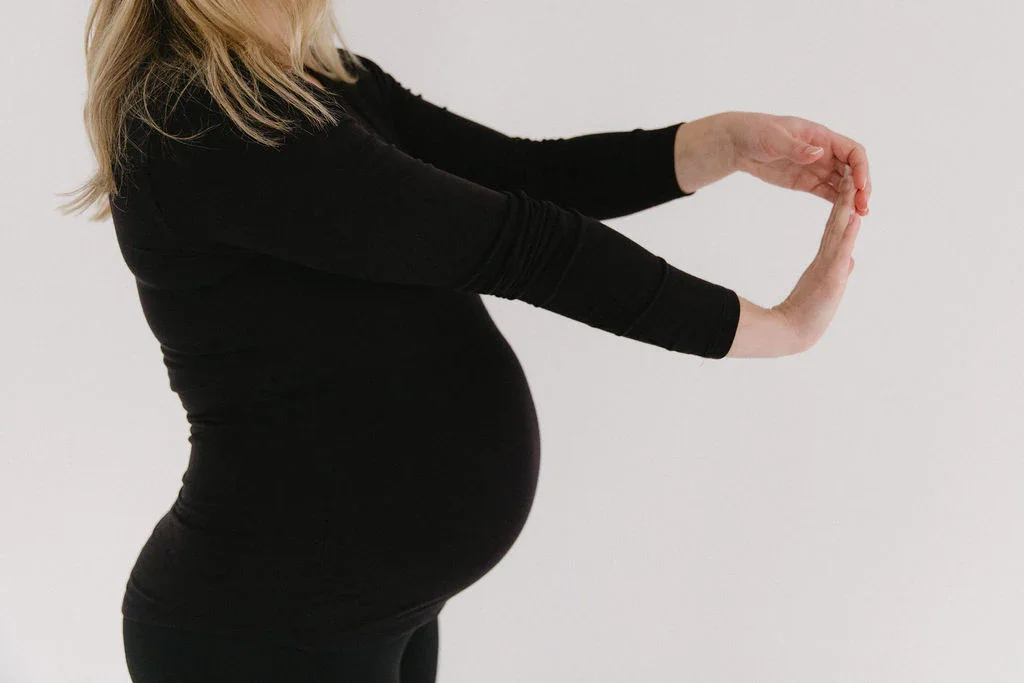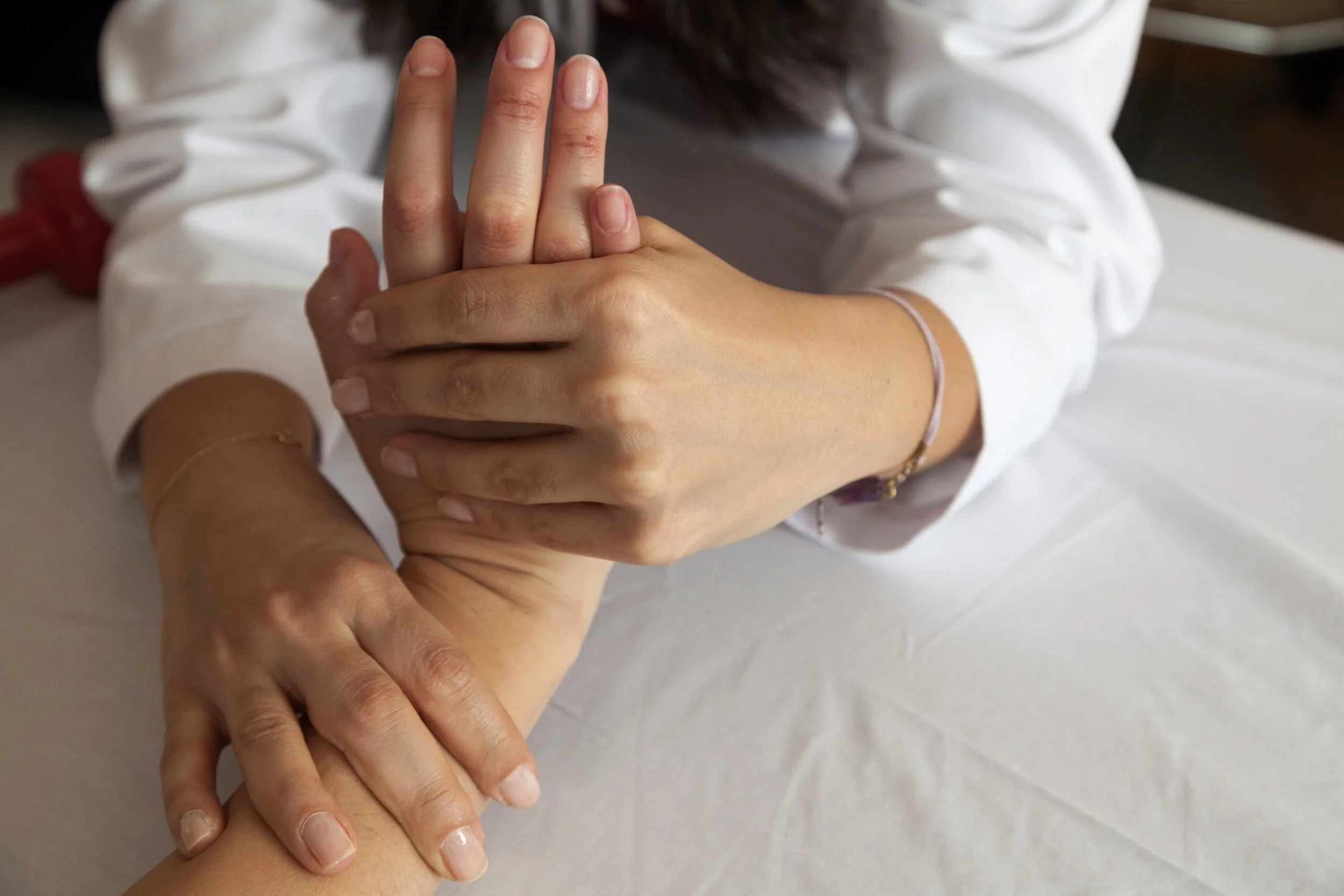Carpal Tunnel & Wrist Pain in Pregnancy—Why It Happens and How to Find Relief
When you think of pregnancy discomfort, your wrists and hands may not come to mind—but many women experience pain, tingling, or numbness due to Carpal Tunnel Syndrome.
Why does it happen?
Fluid retention
During pregnancy, your body naturally holds onto more fluid. This swelling isn’t just in your legs and feet—it can also occur in the tissues around your wrists. Because the carpal tunnel is a narrow space, even a small increase in fluid can raise pressure inside it.Pressure on the median nerve
Running through the carpal tunnel is the median nerve, which controls sensation and movement in part of your hand and fingers. When extra fluid or swelling builds up in this area, the nerve can become compressed. This is what causes the tingling, numbness, burning, or weakness that many women notice—often worse at night or when using their hands for tasks like typing, cooking, or holding a phone.Changes during pregnancy
Hormonal shifts and changes in circulation also play a role, making pregnant women more prone to nerve irritation and swelling. While carpal tunnel symptoms often ease after birth, they can be uncomfortable and affect daily life during pregnancy.
Signs to look for:
Tingling or pins and needles in the thumb, index, and middle fingers
This is the classic symptom of carpal tunnel syndrome. It happens because the median nerve supplies sensation to these fingers. Some women describe it as “falling asleep” or a buzzing feeling in their hand.
Pain or weakness when gripping objects
You may notice difficulty holding items like a cup, phone, or pen. This can range from mild discomfort to dropping objects because your hand feels weak or clumsy.
Symptoms worse at night or after using your hands
It’s common for symptoms to flare up when sleeping, due to wrist positions that put extra pressure on the nerve. Repetitive hand use can also aggravate the symptoms.
What can help?
Wearing wrist splints at night.
Taking regular breaks from repetitive hand activities.
Gently stretching and mobilising the wrists.
How Woodend Osteo can support you
Pregnancy-related carpal tunnel can be frustrating, but osteopathy offers safe and gentle ways to help manage your symptoms.
Improve circulation and reduce pressure around the wrist
Swelling and fluid retention are major contributors to carpal tunnel in pregnancy. By working on the surrounding tissues, osteopathy can encourage better blood flow and lymphatic drainage, which may help reduce the build-up of fluid and relieve pressure on the median nerve.
Relieve tension in the neck, shoulders, and forearms
The way your wrist and hand function is closely linked to the muscles and joints further up the arm, shoulder, and even the neck, means that if these areas are tight or restricted, it can add extra strain to the wrist. Osteopaths use gentle techniques—like soft tissue release, stretching, and joint mobilisation—to ease tension and support better movement through the whole upper limb.
Teach you safe stretches and ergonomic tips
Your osteopath can show you simple, practical strategies to use at home or work—like safe wrist stretches, gentle mobility exercises, or adjustments to how you type, hold your phone, or lift objects. These small changes can make daily tasks easier and reduce flare-ups, especially at night.
Wrist and hand pain during pregnancy is common but manageable. With the right support, you can reduce discomfort and keep doing the things you love.





